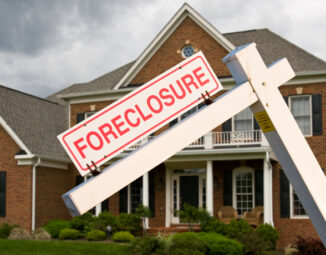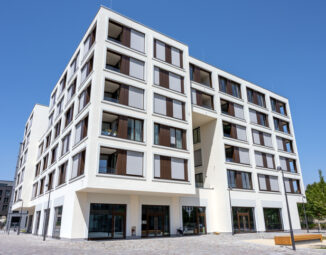SNDA Protection For Commercial Tenants Upon Property Foreclosure
Just last month, it was reported that the Montgomery Mall in Montgomery Township, Pennsylvania was foreclosed upon after it failed to make monthly payments on its loan. How does this foreclosure impact the mall’s tenants? Without the protection of an SNDA, these tenants could possibly lose their stores.
Commercial leases often reference a separate three-part contract called a subordination, non-disturbance, and attornment agreement (an “SNDA”). An SNDA is entered into by the lender of a commercial landlord and the landlord’s tenant. It establishes the protocol should the landlord default under a mortgage or other financing agreement with the lender and the lender then becomes the new owner of the property as a result of a foreclosure.
Under the first part of this contract, “subordination”, the tenant agrees that its leasehold interest at the property is inferior (or subordinate) to any rights of the lender, most particularly, if the date of the lease came before the date of the loan. The second part, called “non-disturbance”, benefits the tenant. The lender agrees that should the landlord default under the loan documents, and the lender forecloses on the property, the tenant will not be disturbed, i.e., will not get kicked out of its space. The “attornment” portion of the agreement, again benefits the lender. In the event that there is a foreclosure, it provides that the tenant will recognize the lender (or the new owner as a result of the foreclosure) as its landlord and will not walk away from the lease.
Why would a lender, as the new landlord, not want to honor a lease agreement?
Let’s say that a lender forecloses under its loan agreement with an office landlord. The lender now owns the building. A tenant of that building has neither a lease agreement nor any other direct relationship with the lender. Even though the likelihood of this happening is low, if it is in the lender’s best interest to get rid of low-profit tenants (for example, any tenant who was lucky enough to get a lease for space at below-market rent), the lender would be able to do so. Similarly, if the lender or its successor decides that the best use of the building would be residential apartments, the commercial tenants of that building would be out of luck. Having an SNDA with the landlord’s lender prevents the foregoing situations from occurring.
How does a tenant go about getting an SNDA?
During lease negotiations (or after lease negotiations in some cases), the tenant would request that the landlord obtain the lender’s standard form of SNDA. The larger the tenant, the more likely that the landlord will do what it can to get its lender to agree. When representing landlords, if the tenant is over 10,000 rentable square feet, I will always pursue an SNDA if asked.
Negotiating tenant-friendly language
A standard lender SNDA is not just limited to the three parts set forth above. It will have other lender friendly language that the tenant will want to try to soften. For example, it will most certainly contain language that should the lender become the new landlord following a foreclosure (or the like), the lender will not be responsible for any of the original landlord’s unfulfilled obligations under the lease. A tenant will not be successful in contesting every item. For example, the lender will most likely not agree to be liable for money damages as a result of the landlord’s default which took place before the foreclosure. However, the lender may agree to preserve the tenant’s lease options should the lender become the landlord, such as the tenant’s renewal right, expansion right, contraction right, rights in the event of a fire or other casualty or rights in the event that the property is attached by condemnation. If the lease provides that the landlord will be performing construction on the tenant’s behalf or providing a construction allowance, the tenant will certainly want to preserve this right by negotiating or having its attorney negotiate with the lender that the lender will make good on this promise should a foreclosure occur before the construction takes place or before the allowance is paid.
An SNDA provides the lender and tenant with privity of contract. An SNDA that affords a lender with a senior right to the landlord’s collateral in the event of foreclosure should also provide the tenant with the security that it will not forfeit possession of the lease or its negotiated rights under the lease through no fault of its own.
The information contained in this publication should not be construed as legal advice, is not a substitute for legal counsel, and should not be relied on as such. For legal advice or answers to specific questions, please contact one of our attorneys.





